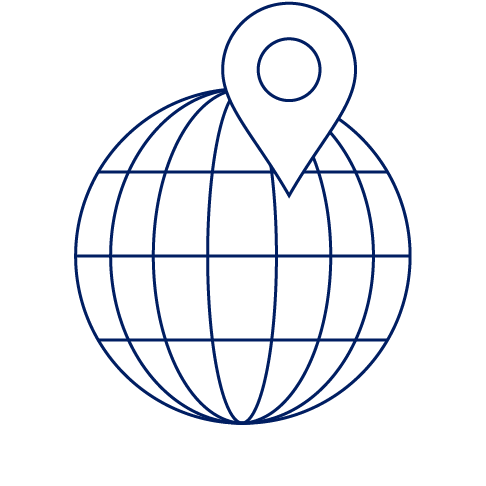The diffusion of disruptive technologies
New research will help understand how innovations are spread across regions, industries, occupations and firms to generate key data insights for businesses

Knowing how novel technologies affect jobs and how fast they spread is key to understanding economic growth, economic inequality and entrepreneurship – but identifying the innovations that affect jobs and businesses is problematic. Using patents, job postings and other data over the past two decades, this research develops a methodology to determine such innovations, trace them to the locations and firms where they emerged, and track their diffusion through regions, occupations and industries over time. The study promises significant benefits for regions; particularly in the form of high-quality employment. This project is supported by the Sui Foundation.
NORTHERN AMERICA
Publications
The Diffusion of Disruptive Technologies
Abstract
We identify novel technologies using textual analysis of patents, job postings, and earnings calls. Our approach enables us to identify and document the diffusion of 29 disruptive technologies across firms and labor markets in the U.S. Five stylized facts emerge from our data. First, the locations where technologies are developed that later disrupt businesses are geographically highly concentrated, even more so than overall patenting. Second, as the technologies mature and the number of new jobs related to them grows, they gradually spread geographically. While initial hiring is concentrated in high-skilled jobs, over time the mean skill level in new positions associated with the technologies declines, broadening the types of jobs that adopt a given technology. At the same time, the geographic diffusion of low-skilled positions is significantly faster than higher-skilled ones, so that the locations where initial discoveries were made retain their leading positions among high-paying positions for decades. Finally, these pioneer locations are more likely to arise in areas with universities and high skilled labor pools.




